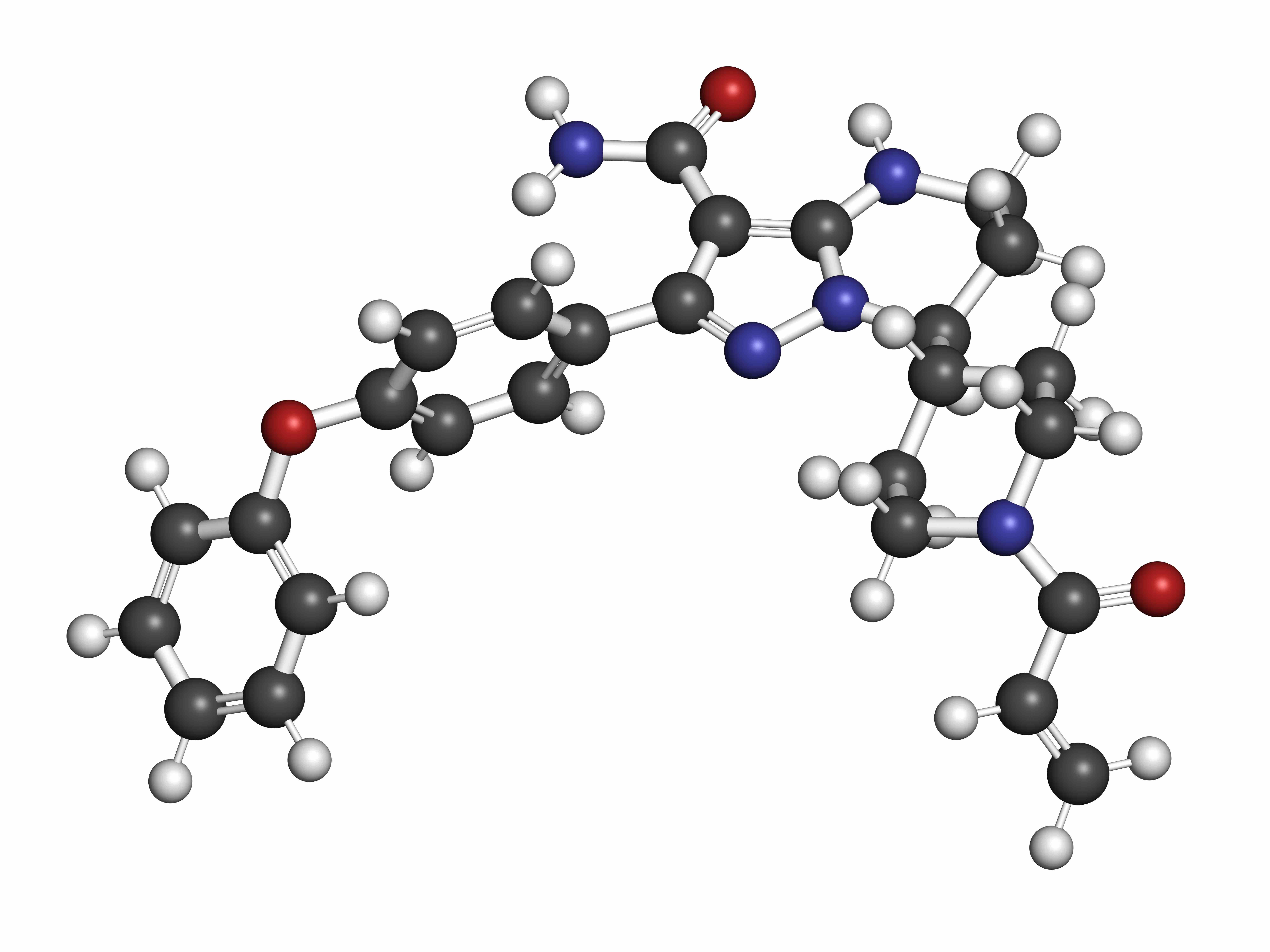Article
In Assessing CLL HRQoL, Type of Questionnaire Matters, Study Says
Author(s):
Understanding the patient point of view can help with treatment decisions as well as gauge the impact of treatment, the authors said.
A recent study about chronic lymphocytic leukemia (CLL) and patient health‐related quality of life (HRQoL) using a targeted, leukemia-specific questionnaire found that the resulting responses were more meaningful than previous studies, which used more general cancer-related survey instruments.
Over 12 months of follow-up, HRQoL remained stable to slightly improved in patients who were treated with chemoimmunotherapy (CIT).
Understanding the patient point of view can help with treatment decisions as well as gauge the impact of treatment, the authors said. Previous studies on HRQoL in CLL have mostly focused on general health status and fatigue, using the European Organization for Research and Treatment of Cancer (EORTC) 30‐item quality of life questionnaire (QLQ‐C30).
In addition, previous studies lacked longitudinal data on HRQoL in CLL; what does exist mostly came from observational studies with small sample sizes.
The Functional Assessment of Cancer Therapy–Leukemia (FACT‐Leu) may provide a more accurate representation of symptoms experienced by patients with CLL when treated with chemoimmunotherapy (CIT), the authors said. It asks patients about 5 areas related to their CLL: physical, social, emotional, and functional well‐being, as well as additional leukemia‐specific concerns.
This study used data from the Connect CLL registry, which is a large, US‐based, multicenter, prospective observational study of patients enrolled between 2010 and 2014. These years were before the launch of newer therapies, such as Bruton tyrosine kinase inhibitors, phosphoinositide 3‐kinase inhibitors, and venetoclax.
This study included data on 889 patients, who were receiving first-line therapy with CIT or rituximab monotherapy when they entered the Registry.
Longitudinal analyses of HRQoL were performed using both types of questionnaires.
FACT‐Leu Total scores were provided for participants who completed 36 or more out of 44 total items, regardless of whether all the individual components were answered. Component scores were given for patients who answered 50% or more of items for each of the 5 components.
Improved HRQoL across all categories was noted by higher scores. Besides the FACT‐Leu, researchers also used the EuroQol 5‐dimensional 3‐level (EQ‐5D‐3L) questionnaire.
Researchers used the minimally important difference (MID), which is the smallest change in an outcome that a patient would say was important or that would result in a treatment change in treatment, to determine if changes in HRQoL scores were clinically meaningful. The MID for each questionnaire was prespecified using limits known from prior work. For the FACT‐Leu Total scores, the MID was 11. For the EQ‐5D‐3L index‐based scores, the MID was 0.06.
Mean HRQoL changes from baseline and differences between patient clusters over time were analyzed using a repeated measures regression model and univariate and multivariable logistic regression analyses were performed.
Among 889 patients initiating first‐line therapy with CIT or rituximab monotherapy, questionnaire completion rates for the FACT‐Leu Total were 95.7% at enrollment and 70.8% at 12 months.
For the EQ‐5D‐3L, completion rates were 95.8% at enrollment and 69.4% at 12 months.
For 849 patients completing all 5 FACT‐Leu components, average total scores were 135.7 at enrollment and 141.6 at 12 months.
Among 526 patients with FACT‐Leu Total scores at enrollment and 12 months, clinically meaningful (≥11‐point) improvements or reductions were observed in 179 (34.0%) and 88 (16.7%) patients, respectively.
Mean EQ‐5D‐3L index scores were 0.87 at enrollment and 12 months. Among 513 patients completing EQ‐5D‐3L at enrollment and 12 months, clinically meaningful (≥0.06‐point) improvements or reductions were observed in 125 (24.4%) and 116 (22.6%) patients, respectively.
The researchers noted that in the FACT‐Leu Total instrument, more patients experienced clinically meaningful improvement scores than clinically meaningful reduction (34.3% vs 16.8%). Results were similar in EQ‐5D‐3L scores (24.4% for meaningful improvement vs meaningful reduction 22.6%).
Explaining the difference, the authors said “this may be due to the leukemia‐specific nature of the FACT‐Leu instrument that may more closely reflect patients’ symptoms and experience of their disease.”
Reference
Sharman JP, Cocks K, Nabhan C, et al. Longitudinal health‐related quality of life in first‐line treated patients with chronic lymphocytic leukemia: Results from the Connect CLL Registry. EJHaem. Published online July 26, 2020. doi:10.1002/jha2.67




